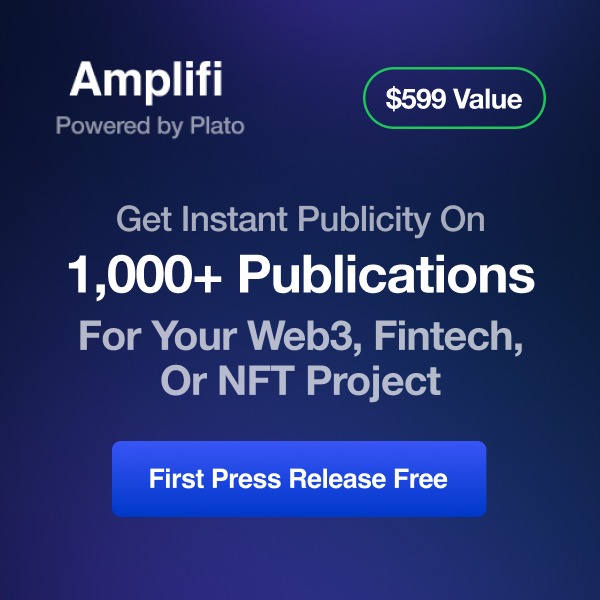Tag: reliance
Microsoft files patent application for vibrating VR mat

The application, which was first noted by Variety, proposes a “[VR] floor mat activity region” embedded with sensors to enhance the experience of playing a VR game while also preventing the user from crashing into nearby furniture and walls.
The mat would be integrated into a gaming system, which uses a combination of optical sensors, fiducial markers and “spatially distributed” pressure sensors in the mat to calculate the user’s position in a 3D space and shape a simulated world around them. This could reduce reliance on sensors within the headset.
“The virtual reality experience for the user is selectively augmented based on the positioning of the physical subject identified relative to the activity region,” the application explained. “For example, a notification of a user's proximity to a boundary of the activity region may be provided to the user through visual, auditory, or haptic feedback.”
The application suggested that the user could receive notifications within their VR session if they approach a boundary of the mat, allowing them to avoid crashing into real-world objects. Small vibrating devices could be inserted into the mat to provide haptic feedback to help the user remain within the boundaries of the mat as well as to provide in-game feedback. The application suggests having different textures towards the outside of the mat, presumably to warn the user that they are reaching its boundaries.
The filing also suggests establishing a set ‘starting point’ at the centre of the mat. When the user stands here, a game begins to run.
Several different designs are suggested, including a modular form which would allow for multiple mats to interlock and cover a large area.
As is usually the case with patent applications, this will not necessarily become a commercial product, but it indicates the possible directions Microsoft’s engineers are exploring. The application does not specify which headset the mat would connect with, and it mentions a range of possible computing devices the mat could be used with, including PCs, smartphones, and wearables.
Microsoft’s mixed-reality ventures are currently focused on business rather than entertainment; the HoloLens smart glasses are designed for business, design, training (including military training) and education, with minimal gaming applications. However, the mat could be intended for use with Microsoft’s gaming-focused Kinect motion sensor controller, which was launched in 2010 and intended for use with the Xbox 360 and Xbox One but discontinued in 2017. One of the diagrams included with the application features a device sitting on of a television which bears a very strong resemblance to the Kinect. In May 2018, Microsoft teased a return for the Kinect, suggesting that the dead device could have applications beyond gaming.




